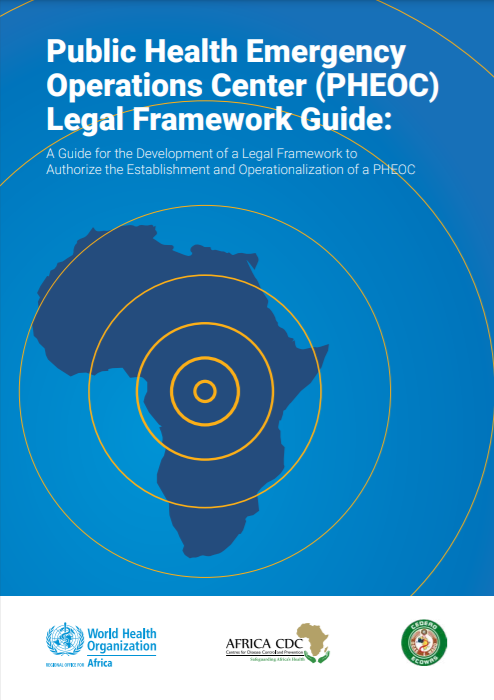Introduction
A public health emergency operation center (PHEOC) serves as a hub for better coordinating the preparation, response, and recovery for public health emergencies. A functional PHEOC is critical for the implementation of the International Health Regulations (IHR 2005). The Framework for a Public Health Emergency Operations Centre provides high-level guidance for establishing or strengthening a PHEOC. To establish and/or strengthen a PHEOC, it is vital for Member States to align with standardized policies, guidelines, and tools.
Laws are foundational to public health practice.*, Laws establish and delineate the missions of public health agencies, provide authority and scope of public health functions, and appropriate necessary funds. Law, along with epidemiology, is an essential tool in public health practice. Increasingly, law is being recognized and used as a tool for improving health on the global stage. Public health law can establish governmental authorities for many public health activities, including coordinating responses to public health threats, creating and promoting healthier environments, and generating the information base needed for timely action and policies. Thus, as countries strive to continue to strengthen public health systems, international and national legal frameworks can play a critical role in assisting governments to improve their health infrastructures and operations.
This document provides the required guidance to Member States for establishing and/or strengthening legal authorities for a PHEOC and describes the process of developing or amending country-specific legal frameworks. It will serve as a reference to the Member States of the African Region to adapt their PHEOC legal instruments as necessary, in line with the laws and practices of each sovereign state. The PHEOC legal framework guide also includes information on the stakeholder engagement process and key considerations for potential inclusion in the national sphere of each Member State.
